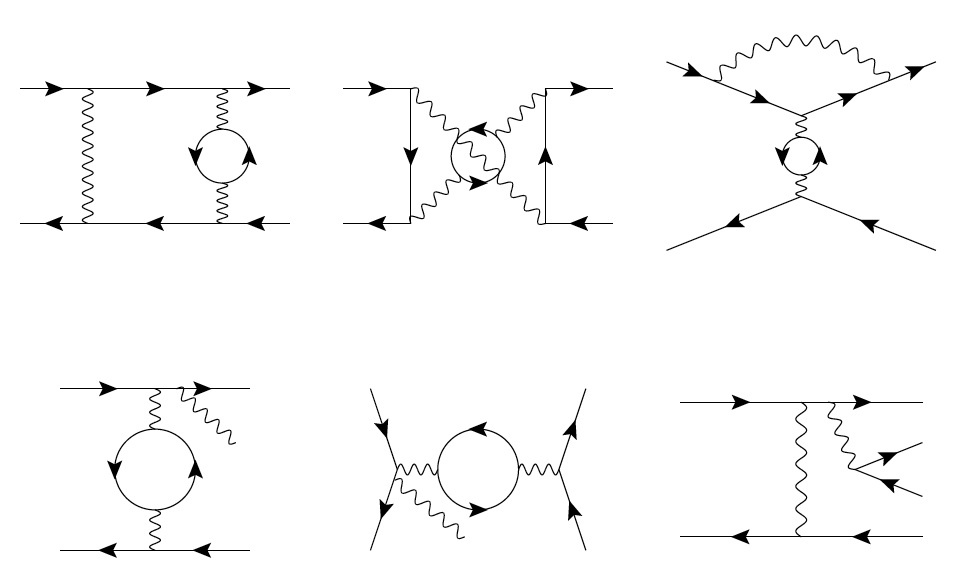Theoretical and Mathematical Physics: Theory and Phenomenoloy of Elementary Particles
Since many years the so called "Standard Model" of fundamental interactions, i.e. the gauge theory describing the strong nuclear force between quarks (quantum chromodynamics, QCD) and the unified electroweak theory describing the electromagnetic force and the weak nuclear force (the electroweak theory, EW) has been subject to many experimental tests, ranging from the search, and direct evidence, of the weak bosons W and Z at the CERN p pbar collider in the eighties, to precision tests at the quantum level at electron-positron colliders such as LEP (CERN) and SLC (Stanford) in the nineties. With the recent announcement of the observation of a Higgs-like particle at the CERN LHC, particle physics entered a new era. The next endeavour demands to probe the fundamental properties of the newly discovered boson, such as its spin and parity, its couplings to the different fermions and gauge bosons and its self-coupling. It will be also important to establish whether the newly found boson is a fundamental or a composite particle, and whether this discovery is just the coronation of the Standard Model or a milestone along a path yet largely unexplored. To this end, it will be crucial to pursue the search for new particles beyond the spectrum of the Standard Model in the next years to come, as well as to perform precision measurements of the production processes and decays of the Higgs-like particle. This research is expected to take place at the energy and intensity frontiers and is strictly tight to the cosmic frontier, since from collider experiments it will be possible to infer the existence - and possibly to discover - candidate particles able to solve the problem of the origin of the dark matter in the universe.
The activity of the high energy theory group falls in the above general framework. The team (G. Montagna, O. Nicrosini and F. Piccinini) has been actively involved for many years in the development of precision calculations and Monte Carlo generators for physics studies at the colliders at energy and intensity frontiers. At present, theoretical research is carried out in view of the analysis of real collider data, both at the hadron colliders Tevatron and LHC and at electron-positron colliders at the GeV scale (flavor factories). Specific research themes that are currently addressed and offer a wide range of possibilities for working at the undergraduate and PhD level are: electroweak and QCD physics at the LHC, study of the properties of the Higgs boson and nature of the mechanism of electroweak symmetry breaking, higher-order calculations for tests of the Standard Model and searches for new physics at hadron colliders and flavor factories.
Staff: Carlo Michel Carloni Calame, Guido Montagna, Oreste Nicrosini, Fulvio Piccinini





